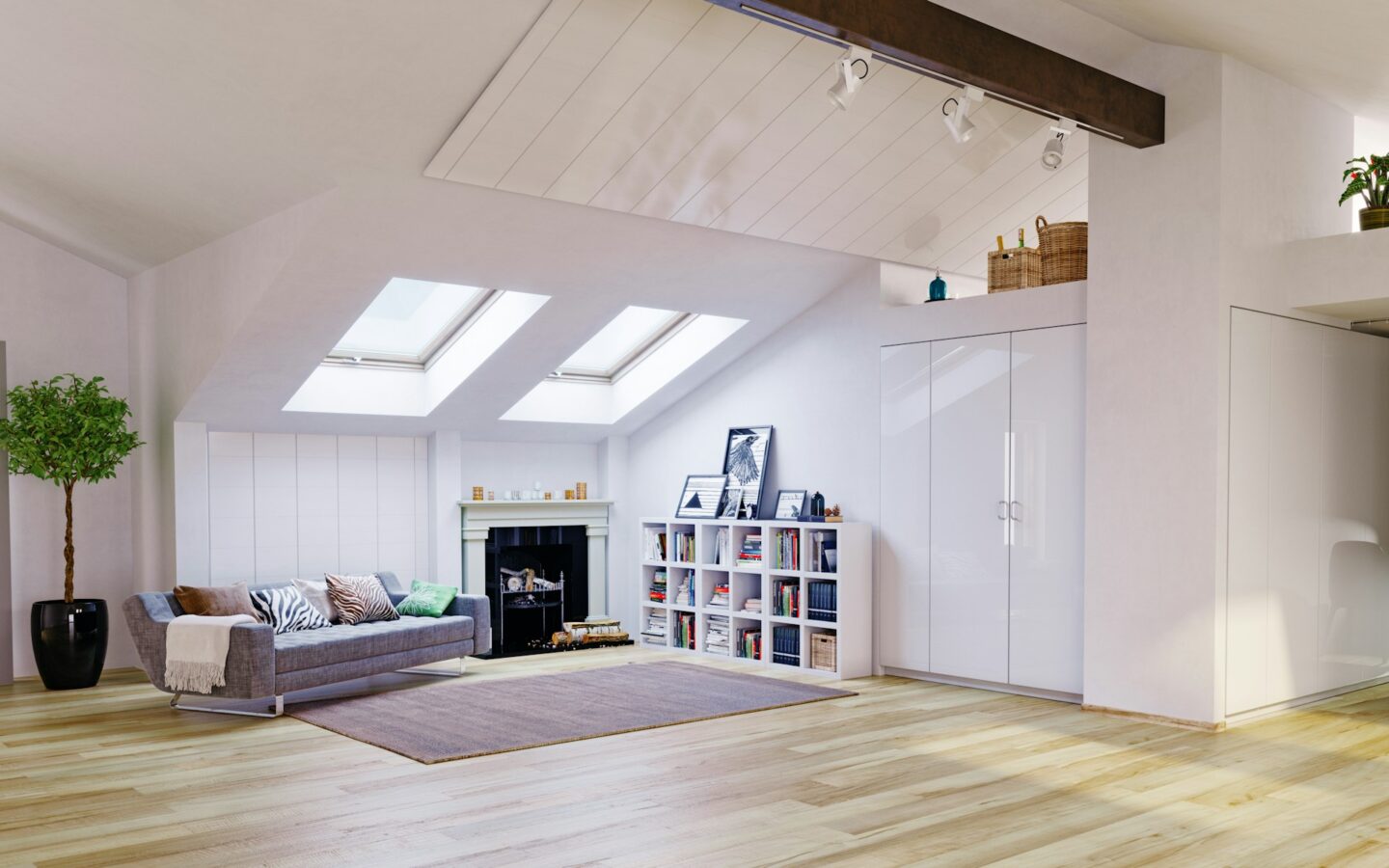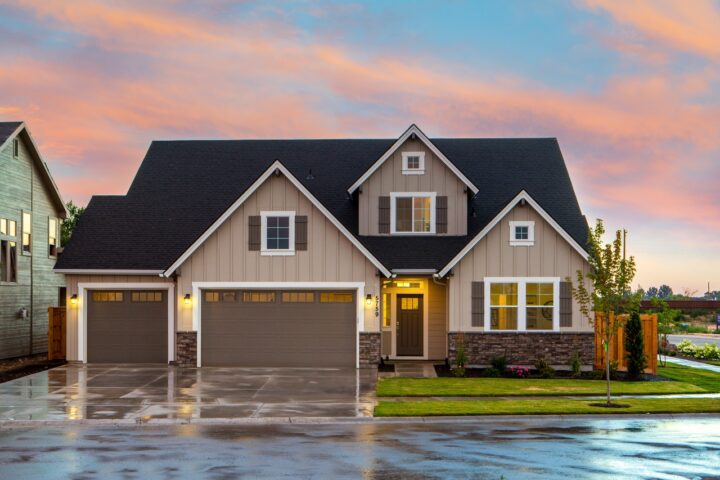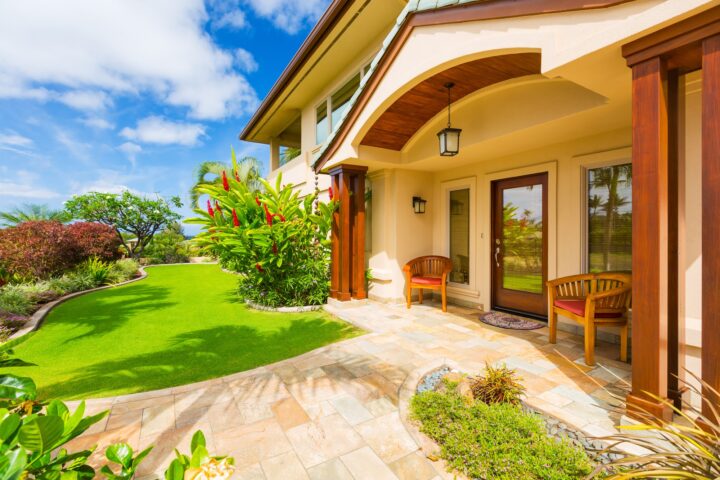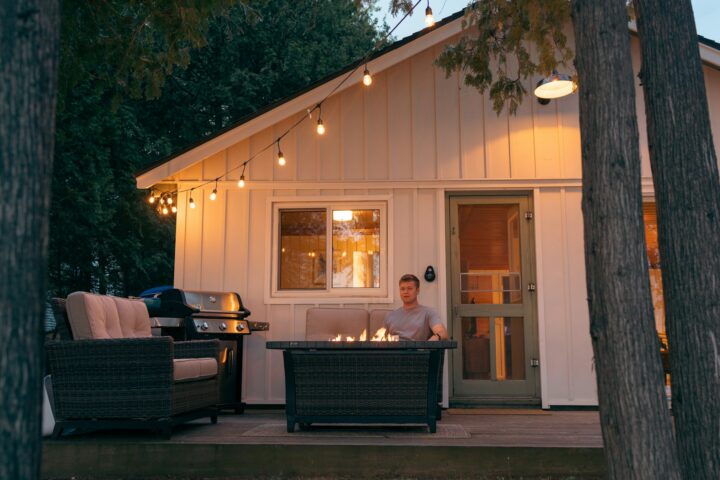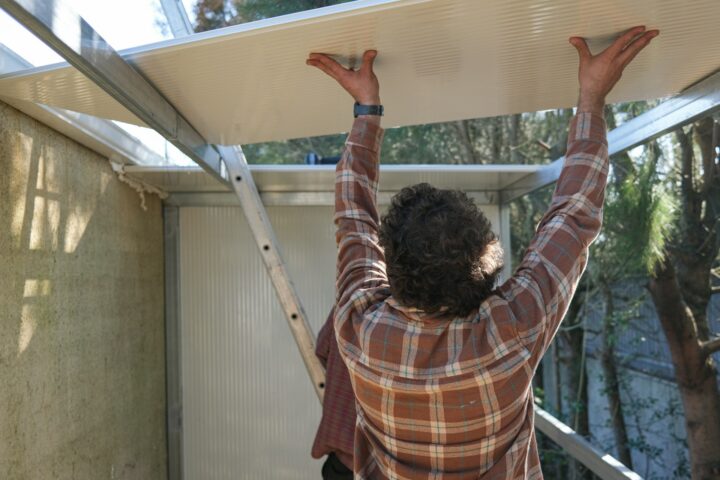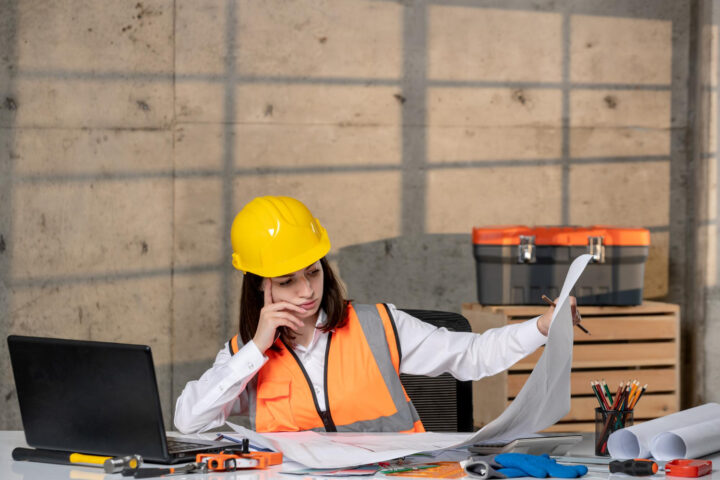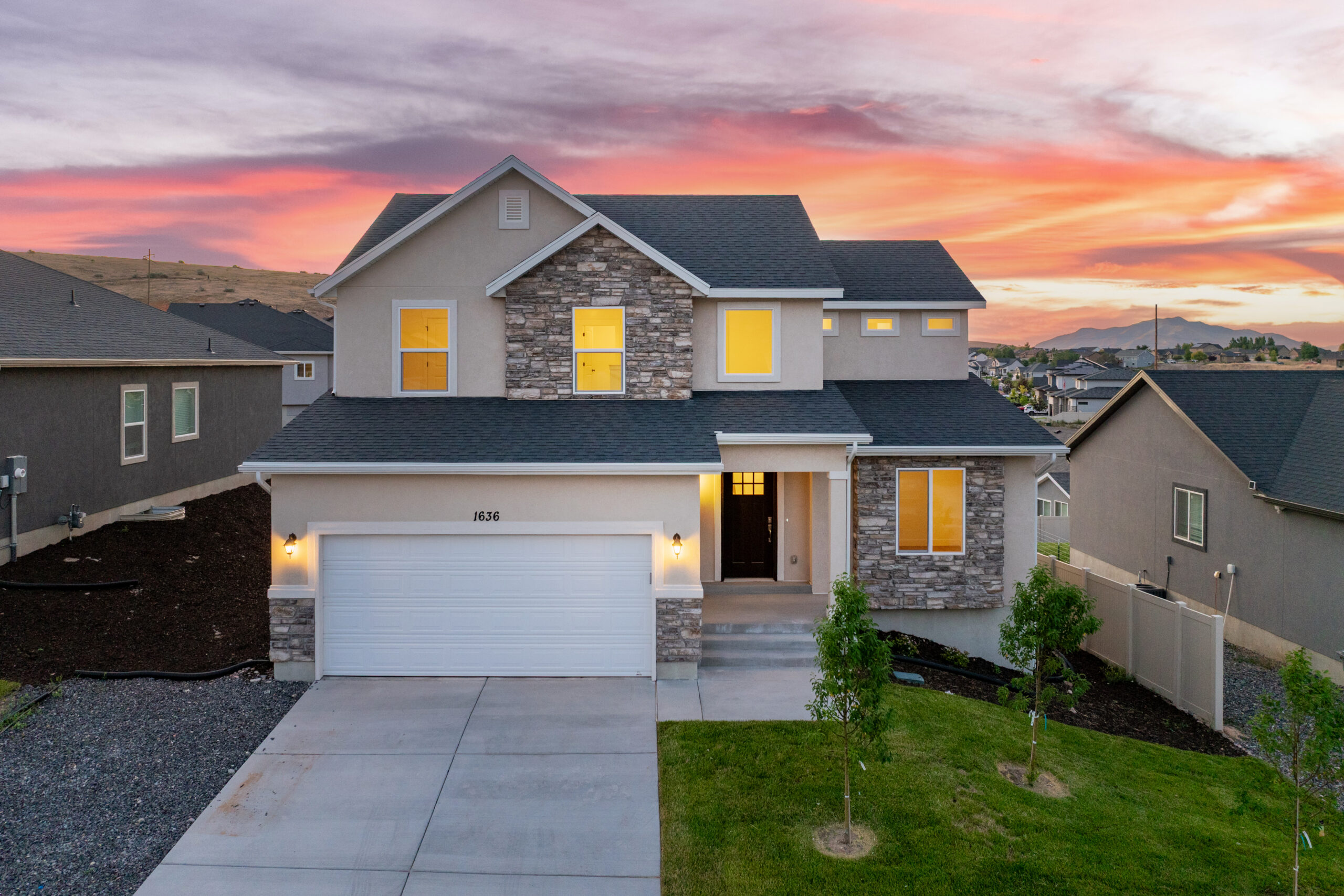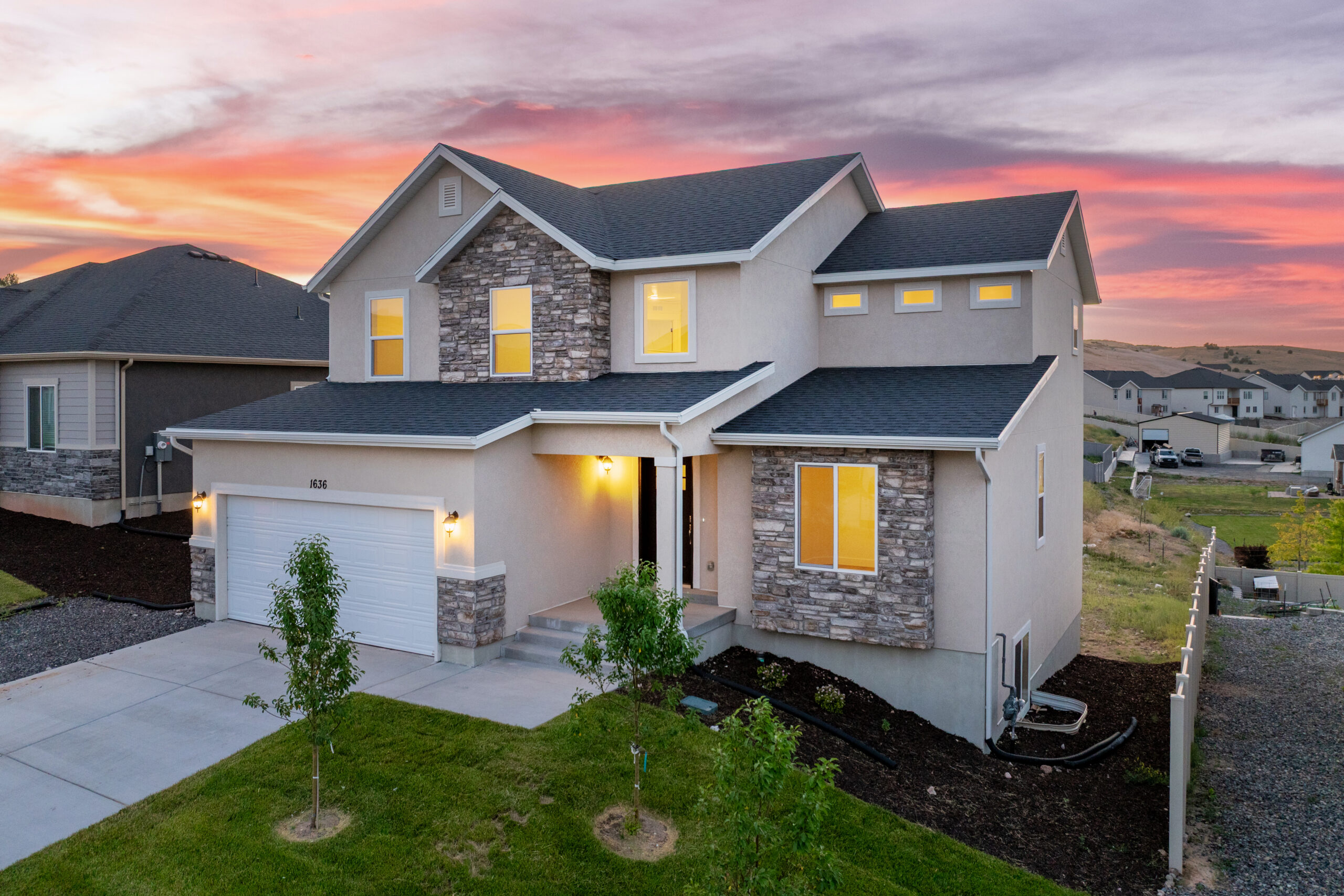Welcome to another valuable and informative article! Today, we will discuss the ultimate guide to energy-efficient home design tips for Utah County homes. As dedicated home builders, we are continually exploring new ideas and practices that contribute to sustainable, eco-friendly, and energy-efficient homes. In this blog post, we will delve into top design trends and techniques that will help you create a greener living environment, ultimately reducing your carbon footprint and cutting down on energy costs.
Utilizing energy-efficient home design principles is becoming increasingly important for homeowners as both a conscious effort to protect our environment and a long-term investment that leads to significant savings on utility bills. Sustainable and energy-efficient homes are designed to work cohesively with their surrounding environment while minimizing the need for artificial heating, cooling, and lighting. These homes often incorporate materials and systems that promote better energy management and make the most of available natural resources like sunlight and wind.
In this guide, we will introduce you to essential energy-efficient design tips, including incorporating passive design ideas, integrating renewable energy systems like solar panels, maximizing natural light, adopting eco-friendly materials, and choosing energy-efficient appliances. If you are considering building a new home in Utah County or are looking for ideas to enhance your existing home’s energy efficiency, this article will provide you with useful insights on creating a sustainable living environment.
The benefits of incorporating these energy-efficient home design tips go beyond the immediate cost savings. By designing and constructing homes that have a lower impact on the environment, you are helping to preserve our beautiful planet for future generations while creating a healthier and more comfortable living space for your family.
Join us as we explore these top energy-efficient home design tips, and let us help you create a comfortable, sustainable, and eco-friendly home in Utah County. Stay tuned for expert advice on making your home a perfect example of green living in 2024.
Incorporating Passive Design Ideas: Natural Heating and Cooling Techniques
Passive design refers to architectural techniques that utilize a building’s structure, orientation, and materials to capture or block heat, light, and air circulation, reducing the need for artificial heating and cooling. Some ways to incorporate passive design into your home include:
- Home Orientation – Position your home to maximize southern exposure during winter months to allow more sunlight to enter and naturally heat your living space. During the summer, include shading elements like roof overhangs or awnings to block direct sunlight and reduce heat gain inside.
- Insulation – Properly insulating your home will help keep the indoor temperature stable throughout the year. Focus on attics, walls, and floors to ensure the most effective thermal barrier.
- Thermal Mass – Utilize high thermal mass materials like concrete or brick to store and release heat, helping to stabilize indoor temperatures naturally. These materials help keep your home cool during the day and slowly release stored heat in the cooler evening hours.
Integrating Renewable Energy Systems: Harnessing the Power of the Sun
Installing solar panels or other renewable energy systems is a great way to generate clean and sustainable power. Solar panels can significantly reduce your reliance on grid electricity, lowering your energy costs and minimizing your home’s carbon footprint. Solar hot water systems, for example, can provide a reliable source of hot water while reducing your energy consumption.
Maximizing Natural Light: Creating Bright and Inviting Spaces
Natural light is essential for a healthy, comfortable, and visually appealing living environment. Maximizing the use of natural light not only reduces the need for artificial lighting but also promotes energy efficiency, and well-lit spaces reduce the need for supplemental heating. Here are a few tactics to enhance natural light:
- Window Placement – Design your home with strategically placed windows, allowing sunlight to penetrate deeply into living spaces. Opt for large, south-facing windows for optimal sunlight exposure.
- Light-Colored Finishes – Light-colored walls and ceilings reflect sunlight, helping to distribute natural light throughout your home evenly and making spaces appear brighter and more open.
- Skylights and Solar Tubes – Installing skylights or solar tubes can introduce natural light into darker areas of your home, such as hallways or interior rooms, reducing the dependence on artificial lighting.
Adopting Eco-friendly Materials: Building a Sustainable Home
When designing an energy-efficient home, consider using sustainable and eco-friendly building materials. These can include recycled or reclaimed materials, sustainably harvested wood products, or environmentally friendly insulation options such as cellulose or natural wool. Opting for non-toxic paints, adhesives, and sealants will also contribute to a healthier indoor environment and reduce harmful emissions.
Choosing Energy-Efficient Appliances: Saving on Energy Costs
Selecting energy-efficient appliances can play a crucial role in reducing your home’s overall energy consumption. Always choose appliances rated with the ENERGY STAR label, assuring that they have met strict energy performance guidelines established by government agencies. These appliances offer significant energy savings compared to their conventional counterparts, helping you save on utility bills and reduce greenhouse gas emissions.
Building a Greener, More Energy-Efficient Home in Utah County
Incorporating energy-efficient design techniques and technologies is no longer an option; it has become a necessity for homeowners looking to minimize their impact on the environment and reduce energy costs. By adopting the strategies discussed in this guide, you can create a comfortable, sustainable, and energy-efficient home in Utah County.
Remember, designing a greener home is not only about minimizing your carbon footprint but also about creating a healthier living environment for your family. From utilizing passive design techniques to harnessing the power of renewable energy, every step towards energy efficiency counts.
Ready to transform your home into a green, eco-friendly haven? Contact our expert team of affordable home builders in Utah at Salisbury Homes for assistance in creating the energy-efficient home of your dreams in Utah County.

